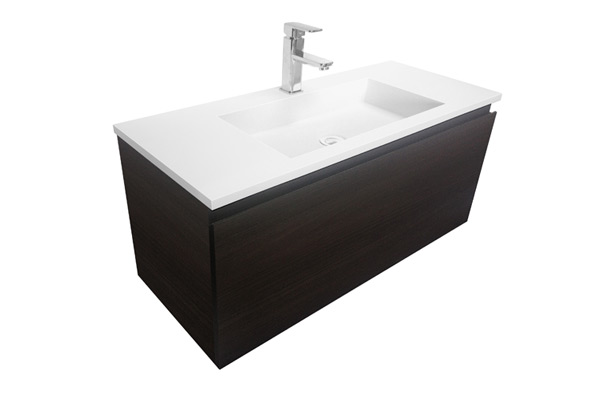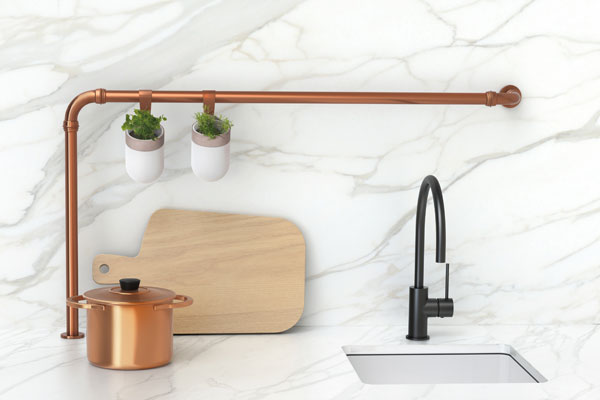Exploration, observation and innovation inform the work of Victor Lee and Jacqueline Yeo of Plystudio. Narelle Yabuka visits their home-office, and describes the meeting.

February 15th, 2012
I’m warmly greeted by Victor Lee and Jacqueline Yeo, who lead me upstairs past grey-painted plywood-clad walls and sliding screens to the epicentre of Plystudio – a crisp white studio space populated by a host of carefully assembled architectural models and 2 laptops.
Immediately, I can gather some impressions about how this husband-and-wife team practices – that is, with an inclination for exploring design in a spatial manner (rather than solely via lines on paper), and with the freedom of mobility.
And there’s no question about the need for flexibility and adaptability given that they have 2 kids, aged 4 and 6. “They’re a little too young to be left to their own devices!” jokes Lee. “We typically work in shifts,” he says, “and there can be intense periods of work throughout the day before and after dedicated time with the kids in the mornings and evenings.”
The grey sliding screens we passed on the way to the studio have in fact been choreographed to close off the domestic areas of the house. But while division is suggested, it is not strictly adhered to. “We are more interested in the notion of ‘workspace’ than ‘office’,” says Lee. “Any part of the home can be a workspace.”

The Bay Studio Apartment project explores the functional possibilities of the bay window.
The freedom of working from home without full-time staff suits the pair in another way that relates to the core of their approach to practice. When their schedules allow it, they pack up their laptops and go out to engage with the city – working from a cafe between meetings (probably in Little India or the Civic District) or roaming forgotten laneways without the worry of an unattended office and misspent overheads.

The Design for Enterprise Centre was inspired by the archetype of the house as a physical shelter.
“Our work is shaped by what we see and observe,” says Yeo. “We draw ideas from the city by looking critically at our environment, and questioning certain spaces, their functions, and how they relate to each other. This grows into a way to start the design process.”

Sectional Pleats – a sun-shading installation at National Junior College.
Lee elaborates: “We look at built forms as being of a certain ‘type’. We see activities as ‘conventions’ or commonly accepted practices. We’re fascinated with challenging the commonplace,” he says. “So at the start of every project, we try to understand the deep fundamentals and the generic character of the context we are working in. We determine whether it’s more about ‘type’ or ‘convention’. If we begin with a defined ‘type’, then we seek to define a new ‘convention’, and vice versa.”

Vaulted spaces at The Soup Spoon were developed from garden arbours.
Their recent scheme for The Soup Spoon (TSS) has created an ‘urban farm’ at the Changi City Point mall. The space responds directly to the soup brand’s foray into hydroponic basil – which is grown inside the restaurant and harvested for use as an ingredient.
Designing for a floor area that is uncharacteristically large for a TSS outlet, Plystudio looked upon garden arbours as a ‘type’ from which they could derive a new ‘convention’ – dining spaces. The resultant tapering vaulted spaces, loosely enclosed by mesh, carve up the space while enhancing the garden- or farm-like quality of the restaurant and reinforcing the branding strategy of TSS at the same time.

Hans Café in Bedok features angular dining coves.
For a new Hans Café outlet in Bedok, Lee and Yeo began their design process by looking at the ‘convention’ of generic restaurant dining spaces. Having developed an angular design language for the customarily long Hans service counter, they derived a new ‘type’ of built form for the generic seating spaces: angular dining coves. Currently in the works is a supergraphic shading film for the restaurant’s expansive windows.
“We try to use a limited number of design gestures,” says Lee. “A singular gesture can coherently inform many aspects of the project.” Adds Yeo, “We’re interested in an economy of means, where you don’t just keep adding on things. We try to stick to the honesty of our starting point.”
Plystudio
ply-studio.com
Read the full story in Cubes magazine issue #54 out now at Singapore newsstands.
A searchable and comprehensive guide for specifying leading products and their suppliers
Keep up to date with the latest and greatest from our industry BFF's!

In the pursuit of an uplifting synergy between the inner world and the surrounding environment, internationally acclaimed Interior Architect and Designer Lorena Gaxiola transform the vibration of the auspicious number ‘8’ into mesmerising artistry alongside the Feltex design team, brought to you by GH Commercial.

Savage Design’s approach to understanding the relationship between design concepts and user experience, particularly with metalwork, transcends traditional boundaries, blending timeless craftsmanship with digital innovation to create enduring elegance in objects, furnishings, and door furniture.

Channelling the enchanting ambience of the Caffè Greco in Rome, Budapest’s historic Gerbeaud, and Grossi Florentino in Melbourne, Ross Didier’s new collection evokes the designer’s affinity for café experience, while delivering refined seating for contemporary hospitality interiors.

With its striking architectural aesthetic, the Tasca bathroom vanity is distinguished by its clean, angular lines.

ONIX is the revolutionary new electroplated matte black finish.
The internet never sleeps! Here's the stuff you might have missed

Gray Puksand’s construction-focused facility at TAFE NSW responds to the critical need for a resilient Australian construction industry.

Adaptive reuse is all the rage across the design industry, and rightly so. Here, we present a selection of articles on this most effective approach to sustainability.